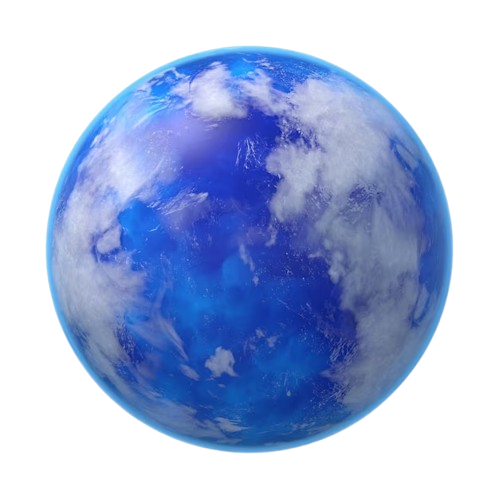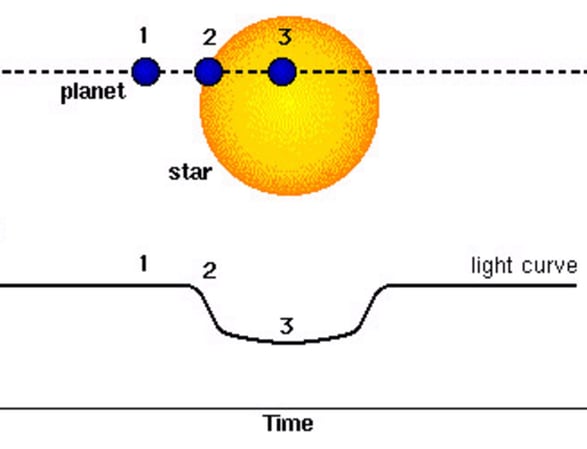Transit
This is one of the most productive methods of exoplanet detection. It relies on observing a planet passing in front of its host star event known as a "transit"-briefly reducing the star's brightness. The amount and duration of dimming can be used to deduce, from the standpoint of astronomers, the size of the planet, its orbital period, and even the properties of the atmosphere.
New Planet Detected:
67 Uthets- 3b
Star System: 67 Uthets
Distance: 15 Light Years


Size:
Approximately 1.3 times the size of Earth, indicating it is a sub-Neptune or ocean planet.
Orbital Period:
Completes an orbit around its host star in 10 Earth days, providing information about its distance from the star.
Transit Depth:
The amount of light blocked during transits indicates a significant atmosphere and suggests that the planet is largely covered by water.
Atmospheric Composition:
Observations during transits may reveal the presence of water vapor in the atmosphere.

